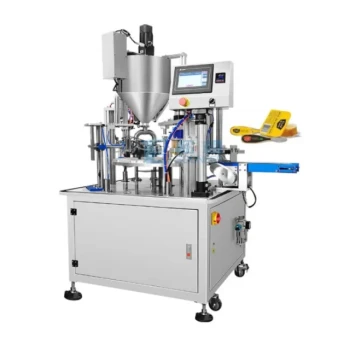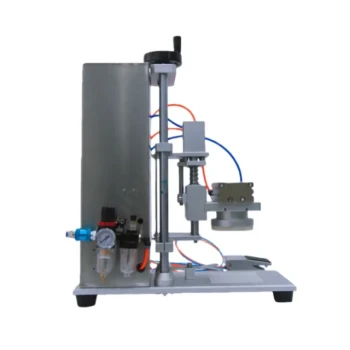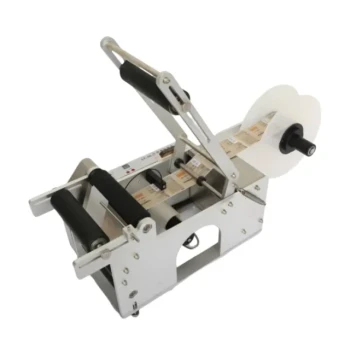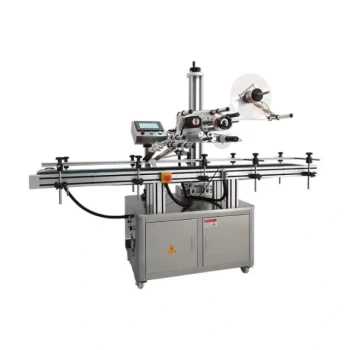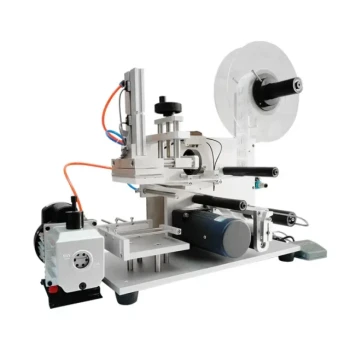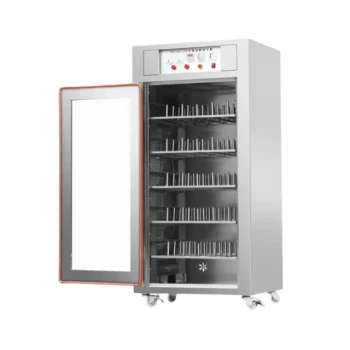Selecting the right honey filling machine impacts your operational efficiency, product consistency, and long-term profitability. This guide compares semi-automatic and fully automatic models across three critical dimensions: features, cost-benefit trade-offs, and scalability—helping commercial apiaries and distributors align their purchase with business goals.
Types of Honey Filling Machines by Automation Level
Key Features of Semi-Automatic Machines
Semi-automatic machines strike a balance between manual control and mechanized assistance. They’re ideal for businesses prioritizing flexibility over speed.
- Operational Control: Requires manual bottle placement and minor adjustments during filling, allowing customization for unique container sizes or honey viscosities.
- Throughput: Processes approximately 10–30 bottles per minute, suitable for small to mid-scale operations.
- Cost Efficiency: Lower upfront investment (typically 40–60% cheaper than automatic models), but higher labor costs per unit.
Example Use Case: A regional honey co-op with seasonal demand spikes benefits from the adaptability to switch between jar sizes without retooling costs.
Key Features of Fully Automatic Machines
Fully automatic systems minimize human intervention, leveraging technologies like PLC controls and servo-driven fillers for precision.
- Speed & Precision: Handles 50–120 bottles per minute with near-perfect fill consistency, reducing product waste.
- Labor Savings: One operator can oversee multiple machines, cutting long-term staffing expenses.
- Smart Integration: Compatible with IoT-enabled production lines for real-time monitoring—a future-proof advantage for scaling.
Example Use Case: A distributor supplying national grocery chains uses automatic machines to meet stringent uniformity requirements and high-volume orders.
Cost-Benefit Analysis for Different Business Scales
Upfront Investment vs. Long-Term ROI
| Factor | Semi-Automatic | Fully Automatic |
|---|---|---|
| Initial Cost | $500–$10,000 | $10,000–$50,000+ |
| Labor per 1k Bottles | 3–5 worker-hours | |
| Maintenance | Simple, low-frequency | Complex, tech-dependent |
Decision Tip: Calculate your break-even point. Automatic machines often justify their cost within 2–3 years for producers bottling over 50,000 units monthly.
Labor and Maintenance Costs
- Semi-automatic: Higher ongoing labor expenses (e.g., $15–$25/hour for skilled operators) but easier repairs using generic parts.
- Automatic: Lower staffing needs but requires specialized technicians (costing $80–$150/hour) for software updates or mechanical fixes.
Proactive Consideration: Train staff in basic troubleshooting to reduce downtime—especially critical for automatic systems.
Scalability and Future-Proofing
Throughput Capacity Comparison
| Metric | Semi-Automatic | Fully Automatic |
|---|---|---|
| Max Daily Output | 5,000–15,000 bottles | 30,000–100,000+ bottles |
| Changeover Time | 15–30 minutes | 5–10 minutes |
Scalability Insight: Automatic machines support sudden demand surges (e.g., holiday seasons) without compromising delivery timelines.
Integration with Smart Manufacturing Systems
- Data-Driven Optimization: Automatic models generate fill accuracy reports, enabling quality control adjustments in real time.
- Modular Upgrades: Features like auto-capping or labeling can be added later, spreading out capital expenditures.
Future-Ready Strategy: Pair automatic fillers with HONESTBEE’s inventory management tools to synchronize production with raw material supply.
Next Steps: Aligning Your Purchase with Business Goals
Whether you prioritize affordability (semi-automatic) or scalability (fully automatic), HONESTBEE’s honey filling solutions are engineered to match your production needs.
Ready to optimize your honey bottling line? Contact HONESTBEE for a customized cost-benefit assessment tailored to your apiary or distribution volume.
Key Takeaway: Your choice today shapes tomorrow’s growth. Invest in machinery that grows with your business—not just for it.
Products You Might Be Looking For:
View semi-automatic honey filling machines
Visual Guide

Related Products
- Pneumatic Double Nozzle Honey Filling Bottling Packaging Machine
- Precision Automated Packaging Turntable Honey Spoon Filling Sealing Packing Machine
- Pneumatic Paste Filling Machine Bottling Packaging Machine Single Nozzle
- Professional Thermostatic Conical Honey Melter
- Honey Concentrating Vacuum Heating Thickening Machine Dehumidifier for Honey
Related Articles
- How to Extract Honey Safely: Comb Preservation and Bee Calming Techniques
- How Bee Behavior and Weather Dictate Optimal Honey Harvest Times
- How to Make Bee Frames in a Factory: The Ultimate Guide to High-Volume Production with HONESTBEE Bee Frame Machines
- How Beehive Frame Making Machines Enhance Apiary Productivity and Hive Longevity
- How Honey Bottle Designs Combine Convenience, Safety, and Sustainability


